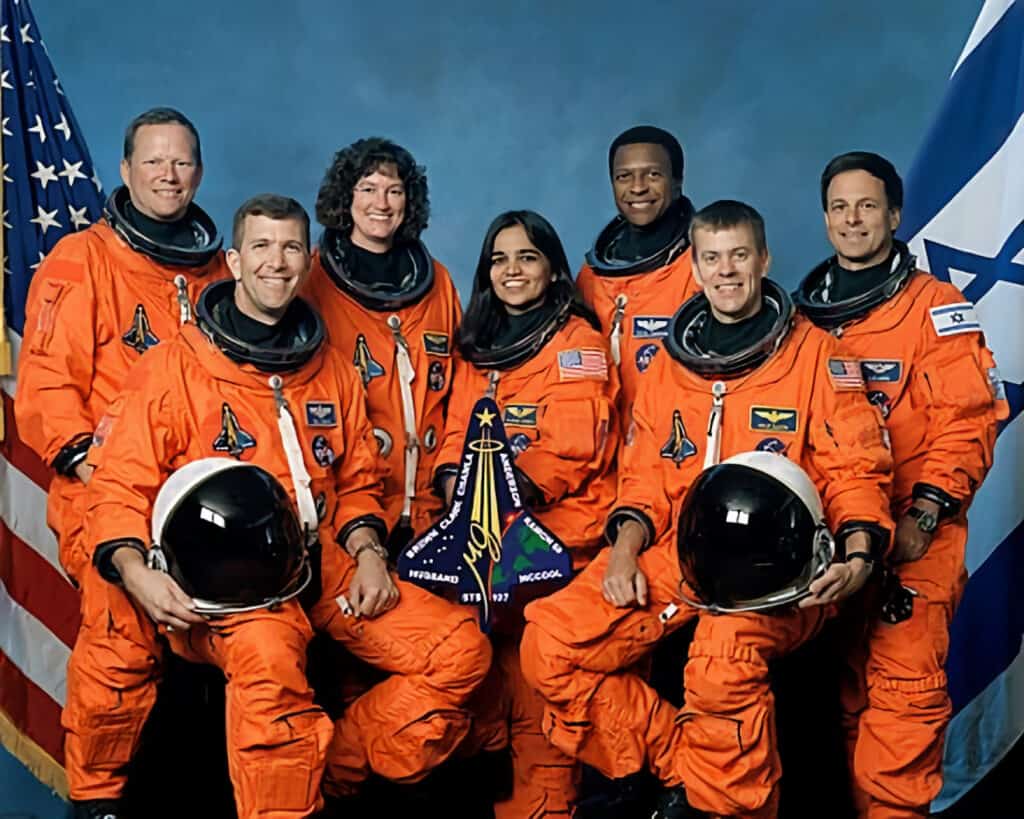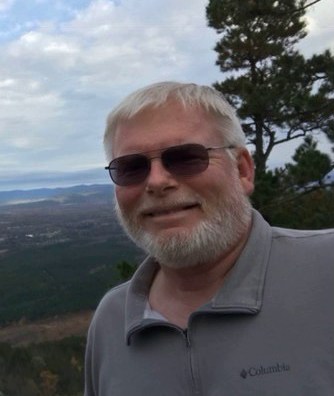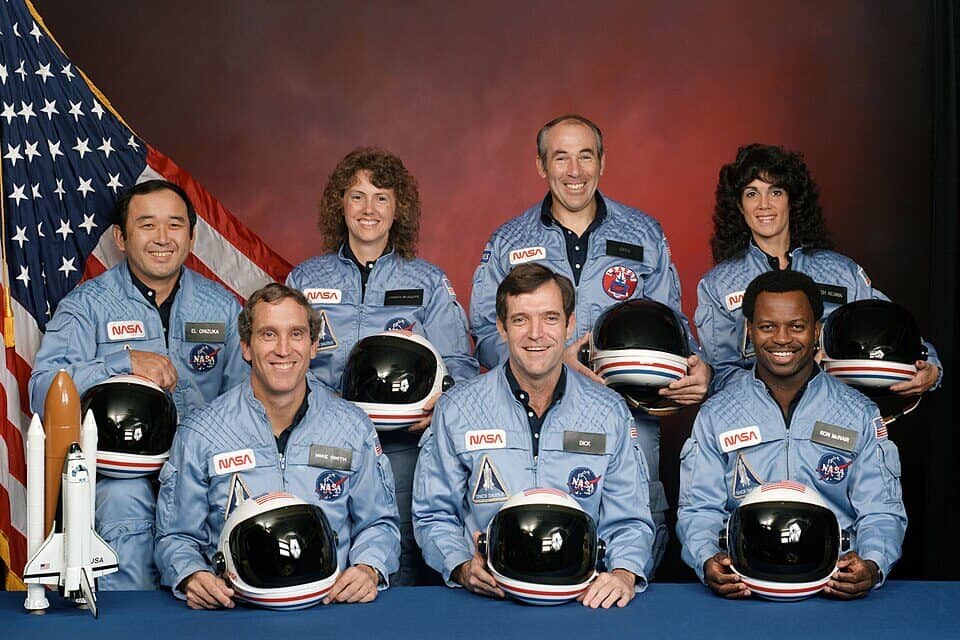“Space, the final frontier. To explore strange new worlds, to seek out new life and new civilizations, to boldly go where no man has gone before.” Sound familiar? It should be to many of you because it was the opening lines to the original Star Trek television series back in the mid-late 1960s. It also reflected the spirit of the American space program, which saw its greatest growth during that decade.
When we think of this program, the first thing that comes to mind for most of us is man’s first step onto the Moon’s surface on July 20, 1969. However, when remembering this, we should also remember what President John F. Kennedy stated on May 25, 1961, in a speech to a joint session of Congress, “I believe that this nation should commit itself to achieving the goal, before this decade is out, of landing a man on the moon and returning him safely to the earth. No single space project in this period will be more impressive to mankind, or more important for the long-range exploration of space; and none will be so difficult or expensive to accomplish.”
For those of us who remember that day and those who have seen videos of it and/or read about it in history books, we will likely never forget the words of Neil Armstrong: “That’s one small step for man, one giant leap for mankind.” There are many who consider this event as America’s greatest moment. Perhaps so, but at the very least, it was the high point or watershed moment of America’s (and man’s) journey into the final frontier and a source of inspiration that reached well beyond the space program. It is important for us to understand and acknowledge, though, that amid this and all the other achievements, progress, and glory that arose from the experiences in this frontier, there was a price paid – in mistakes, in lessons learned, and most consequentially in human life.
The names of those who gave most may have slipped from the newspapers and textbooks, but their contributions and sacrifices should never slip from our memory or from the annals of American history. There have been close to 20 American pilot and astronaut fatalities during test flights, training for space missions, and spaceflights over the past seventy-five years. Here I will highlight those astronauts who gave all during this week and next in American history.
Fifty-seven years ago this week, January 27, 1967, astronauts Gus Grissom, Edward White, and Roger Chaffee died in a fire aboard their Apollo I spacecraft while training at Cape Canaveral, Florida. Thirty-eight years ago this week, January 28, 1986, the shuttle Challenger exploded within 73 seconds of its launch, killing all seven crew members: Greg Jarvis, Ronald McNair, Ellison Onizuka, Judith Resnik, Dick Scobee, Michael Smith, and high school teacher Christa McAuliffe. Twenty-one years ago next week, February 1, 2003, the shuttle Columbia disintegrated in flames over Texas en route to a landing at Cape Canaveral. All seven astronauts aboard died: Rick Husband, William McCool, Michael Anderson, David Brown, Kalpana Chawla, Laurel Clark, and IIan Ramon.

As tragic as these and other losses were, they were certainly not in vain. Much was learned to improve space flight and the safety of future astronauts who would build upon the successes of these astronauts and others. Overall, their lives represented the best of America’s creative and limitless spirit of imagination and bold and relentless spirit of curiosity, innovation, and courage. Their contributions have been enormous, including advances in medicine and other technologies that have improved, enriched, and lengthened the lives of everyday folks like you and me. And we certainly must not leave national defense and security out of the advantages of staying on the cutting edge of space technologies and advancements.

In addition, their work and dedication – and most of all their lives – gave impetus and eventual birth to what is now the Space Force, the first new branch of the armed services since 1947. The Space Force, established in December 2019, consolidates satellite acquisition, budget and workforce from across more than 60 different organizations into a unified service for space operations. If you stop and think about how much our everyday lives depend on space capabilities, including and especially satellite technology, it is truly astounding how much of a legacy our space pioneers bequeathed to us.
President Ronald Reagan perhaps said it most poignantly when he gave a heartfelt farewell from a grateful nation to those we lost on the Challenger: “The crew of the space shuttle Challenger honored us by the manner in which they lived their lives. We will never forget them, nor the last time we saw them, this morning, as they prepared for the journey and waved goodbye and slipped the surly bonds of earth to touch the face of God.” No, we must never forget these nor the other astronauts and aviators whose commitment and courage cost them the ultimate price in their quest to explore the skies and upward to the Final Frontier.
Feature Image caption: The STS-51L crewmembers are, in the back row from left to right: Mission Specialist Ellison S. Onizuka, Teacher in Space Participant Sharon Christa McAuliffe, Payload Specialist Greg Jarvis, and Mission Specialist Judy Resnik. In the front row from left to right: Pilot Mike Smith, Commander Dick Scobee, and Mission Specialist Ron McNair.
By Jeff Olson

Jeff Olson, Author
Click here to read Jeff’s previous article, “A Legacy of Love and Equality.”
Click here to join the Hot Springs Village Property Owners’ Facebook group.


